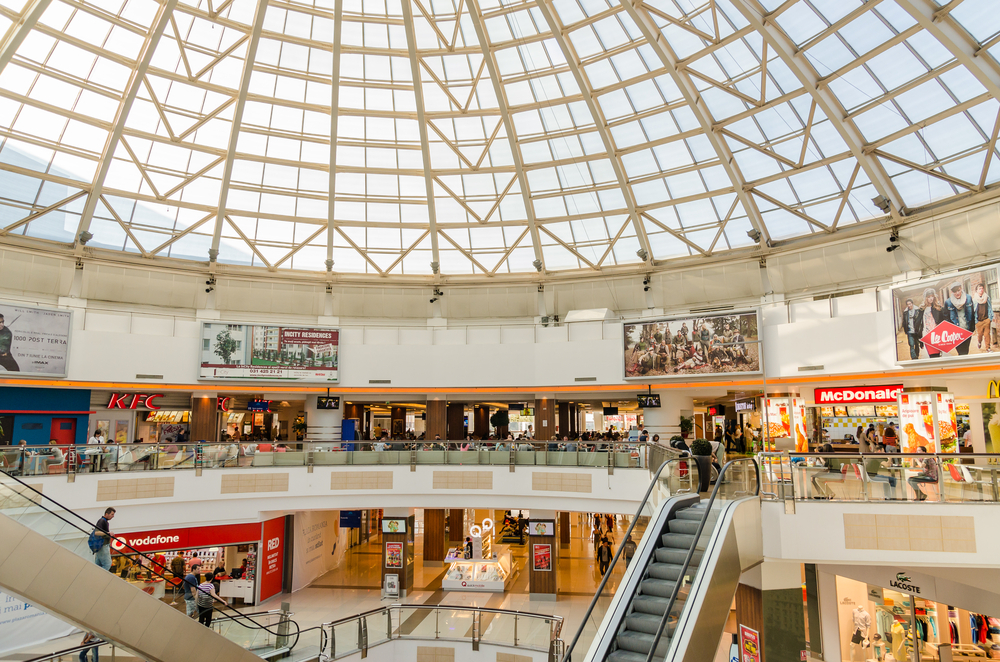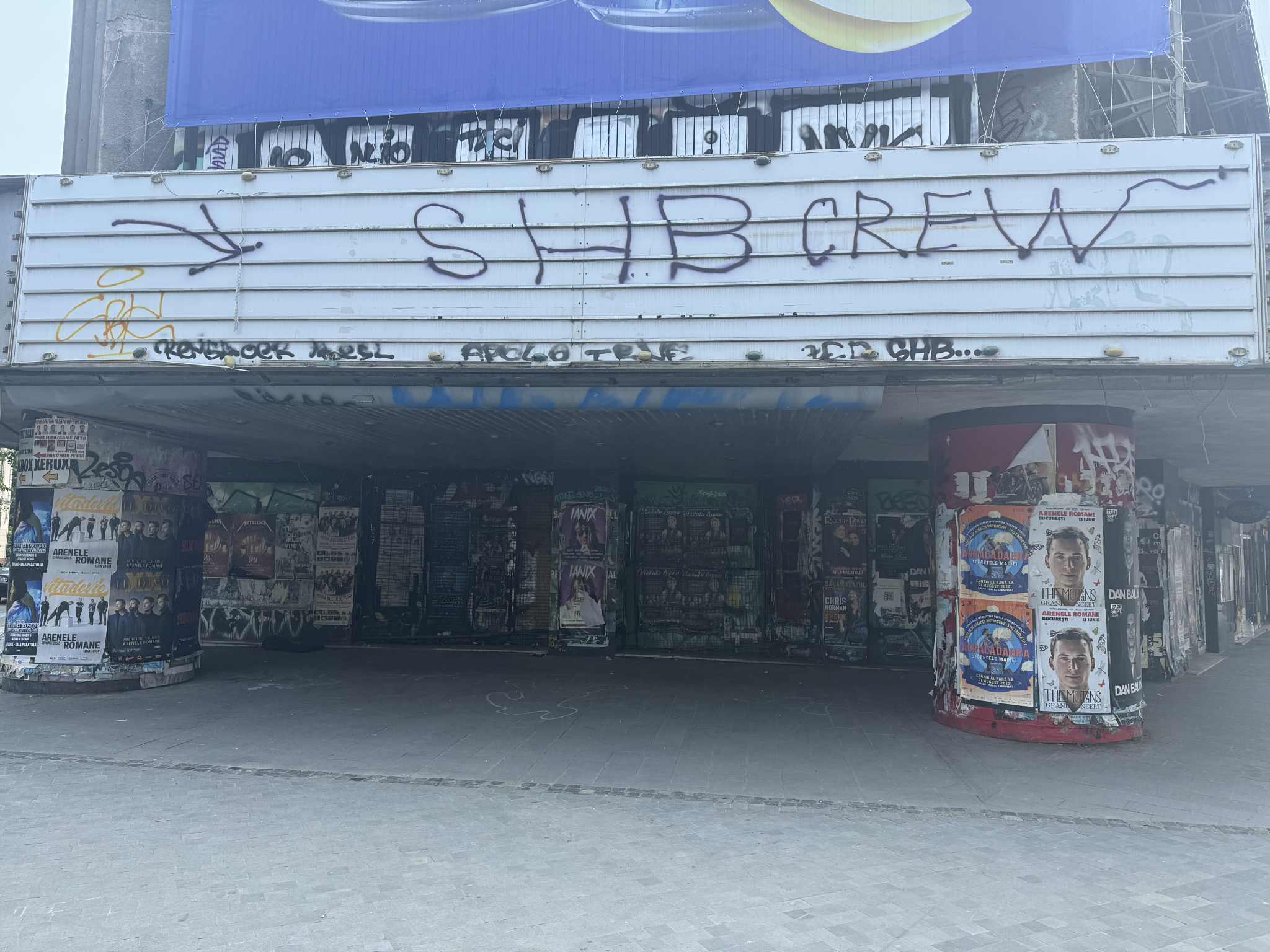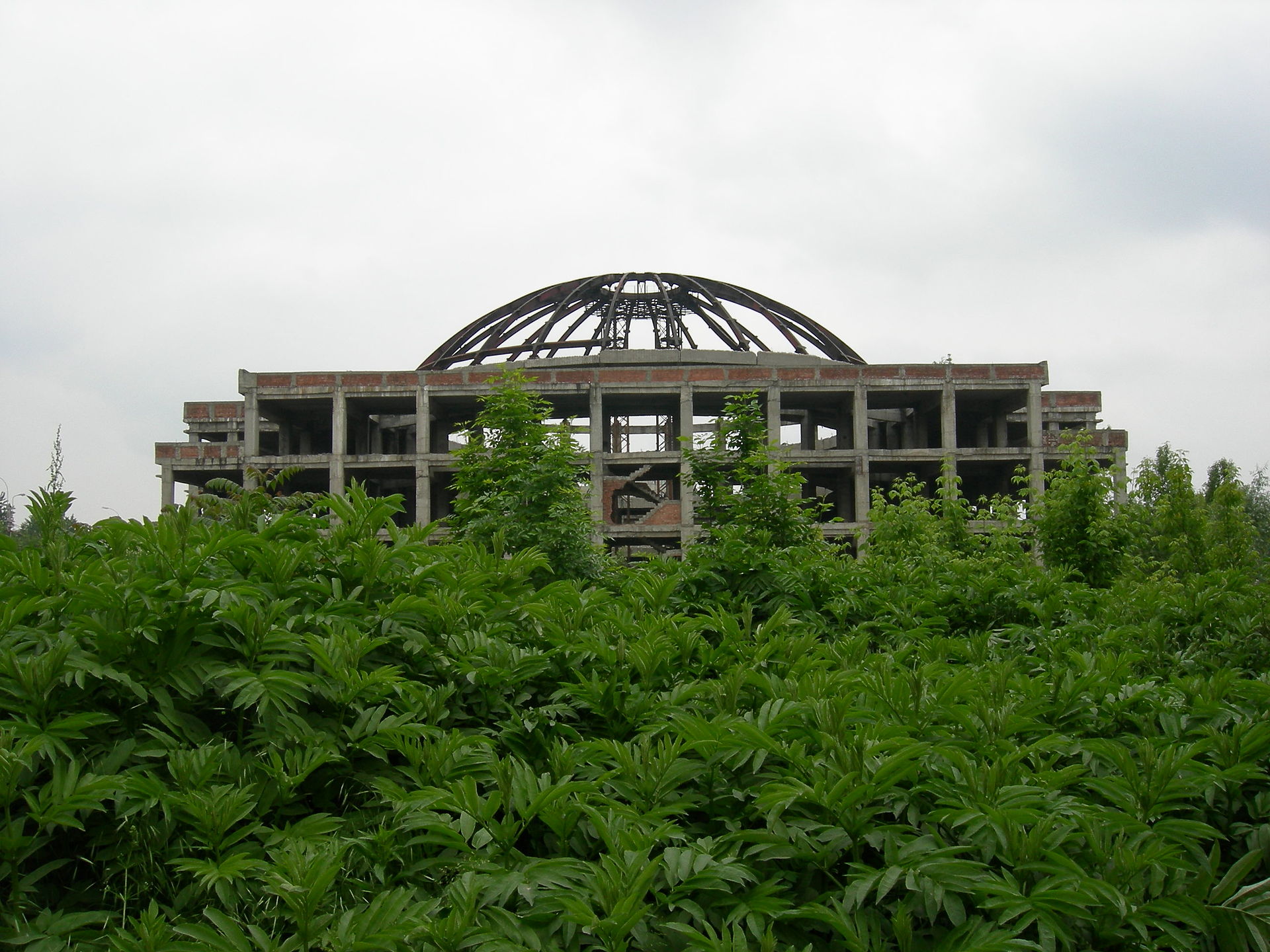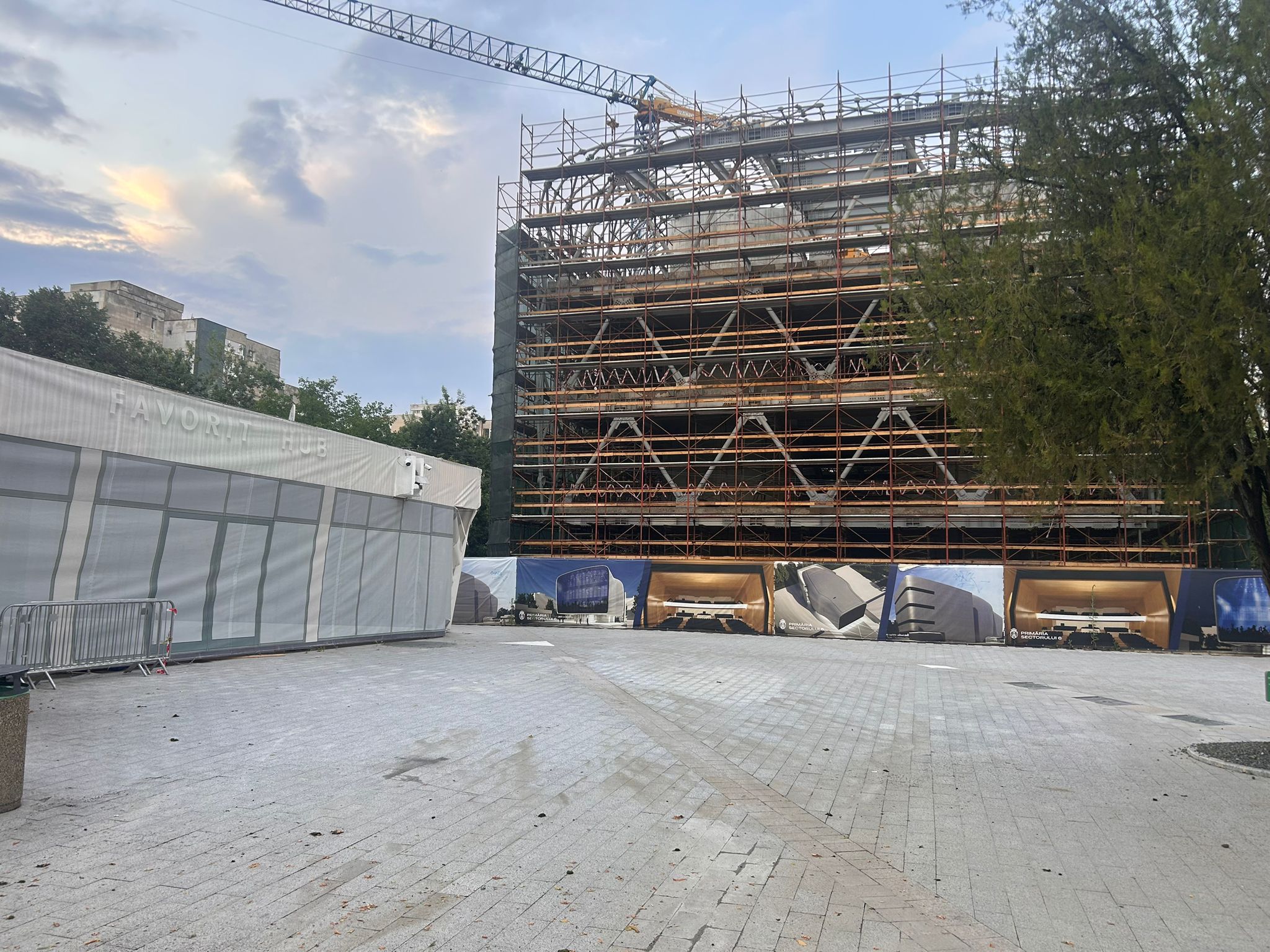Plaza Romania Shopping Mall, Bucharest @ Radu Bercan/Shutterstock
Romania has the lowest number of cinemas per capita in Europe. Of the more than 400 cinemas that existed after communism, most have been closed or converted. Modern multiplexes in shopping malls do not compensate for the loss of neighborhood cinemas, places of culture and identity
In 2024, Romania had, according to data from the Statistical Yearbook of Cinematography, 108 active cinemas. Is that few or many?
An article published by Thrillist in November last year, which went quite viral on the internet, tried to answer the question “What is each European country worse at?”. While Italy “took the lead” in tax evasion and France, for example, in poor knowledge of the English language, Romania stood out for having the lowest number of cinemas per capita: only 3.8 cinemas per million inhabitants.
“Can you imagine what it was like the day Guardians of the Galaxy came out?”, wrote Thrillist. “The lines must have been hundreds of meters long, and no one wanted to sit in the front row.”
The irony is that if you look at the statistics of recent years without considering the local and historical reality, the situation might not even seem so dire. In fact, the number of cinemas has remained fairly stable or even slightly increasing.
To really grasp the meaning of this phenomenon, you have to go back in time — much further than 2009. To its credit, Romania, despite communism, censorship and a history that was anything but forgiving, has cultivated a vibrant cultural scene. In 1990, just after the fall of the regime, the country still had 430 movie theaters.
The 1989 revolution opened the doors to freedom of expression and the Western world, but it also left a trail of disorder in its wake: the post-communist administration found itself having to reorganize entire sectors from scratch, including the cultural sector.
The reins of the movie theaters were taken by RADEF – the Independent Directorate for the Distribution and Exhibition of Films, known as RomaniaFilm. But the dream of a cultural revival soon collided with reality: inefficient management, limited funding and total political disinterest. The result? Year after year, those theaters — once the beating heart of the communities — began to fall apart. Culture quickly slipped into the background; in a radically changed world, the priorities were survival and adaptation, certainly not the preservation of cultural heritage.
The slow decline of Romanian movie theaters reached its turning point in 2008, with the approval of Law 303, which transferred the management of the theaters from RADEF to local authorities — namely, municipalities and county councils. From then on, the fate of each theater depended on the political will and cultural sensitivity of individual territories. Some administrations have chosen to invest in their conservation, transforming these spaces into meeting places or small community theaters. In the most fortunate cases, the halls have found a second life. But it has not always been this way. Many buildings have been converted into bingo halls, places of worship, clubs, discos or shops. Others, more sadly, have been left closed, walled up or forgotten, condemned to a slow decay between infiltrations, dust and silence.
Today, walking through the streets of Bucharest, we find ourselves surrounded by still tangible traces of history. Some of these old movie theaters are still standing, resisting time, but they bear the signs of abandonment. They are fragments of urban memory that speak, but without a voice.
The rise of real estate interest in buildings located downtown, often of great architectural value, has accelerated the decline. Then there is the invasion of cable TV, video cassettes, DVDs, pirated films, and finally shopping malls: each new convenience has stolen audiences from the old theaters, one screening at a time.
And yet, as we said at the beginning, the numbers tell a paradox: in the last 10-15 years, the theaters have increased. Yes, but these are modern multiplexes in malls — temples of consumption where blockbusters, comfort and caramel popcorn reign. A glossy experience, light years away from the rough charm of the old neighborhood movie theaters.
“Do you know what these shopping centers, so-called Malls, really are?”, architect Ileana Apostol tells me. “They are the old hunger circles. That’s what they were called, in the days of Ceaușescu, those large buildings with domes, designed as centers for the rationed distribution of food, at a time when finding food was a real feat. “It wasn’t to do good,” she specifies, “but to control access to food.” Many of those buildings, never completed during the communist regime, were reconverted into malls years later. Places created to manage scarcity, now transformed into temples of consumption.
They have simply changed their face, but they still maintain — in a subtle way — the same logic of consumption and dependence.
The real problem is not that there is a lack of movie theaters. The tragedy is that an important piece of our history is slowly disappearing before our eyes. What do we do with these spaces full of memory and beauty? And, above all, what happens to the people in small towns, where there may be a mall, but no real cinema — no place to see an arthouse film, a documentary, a festival title?
“Whenever we look for theaters for the One World Romania festival,” director Alexandru Solomon tells Euronews , “the options in Bucharest are surprisingly few. Apart from the multiplexes, there are only three or four central theaters where you can show art films or less commercial European films.”
For Solomon, the problem is also cultural: “You have to read to form a taste, an appetite for certain things. The same goes for cinema: if you don’t have the opportunity to see it, how can you say that auteur cinema — which can sometimes seem pretentious — is not something you need? Many avoid it, convinced that it is boring or difficult,” he adds, “but that is not the case.”
Not everyone wants (or can) experience cinema only in large shopping malls. The old neighborhood cinemas had a function, an identity. Some still do. A group of Romanian activists fought for a long time to save the Favorit cinema, in the Dru ul Taberei neighborhood in Bucharest. Unfortunately, they didn’t succeed, but in the end the current mayor of the district managed to start a project to build a cultural center in place of the ruins of the old Favorit.
“It’s a shame that state cinemas have been abolished or reconverted,” Bogdan Movileanu, who has been involved for years at the Romanian National Film Archive, tells me. “But life is also adaptation, so we must also consider the positive aspects”.
Of course, the building itself and the history of a place also have their value. “Sitting in the theater,” Bogdan says, “I sometimes think about how a space is occupied over time by people who, even if they don’t know each other, still develop a bond. Cinema has a particular physical existence, its own personality that feeds on the emotions of those who pass through it. Within its walls, someone has laughed or cried. Ultimately, the connection between architecture, cinematography and spectators is more important than it seems.”
Having moderated over 50 meetings with the public at the end of screenings at the Eforie cinema in Bucharest last year, Bogdan was able to observe how different people’s attitudes are in front of the big screen. He came to the conclusion that, regardless of the screen on which a film is projected, the most decisive one remains that of our mind and our limits of understanding.
As dear Bob Dylan used to say, “The times they are a-changin’”. Times always change, and we change with them.
This publication has been produced within the Collaborative and Investigative Journalism Initiative (CIJI ), a project co-funded by the European Commission. The contents of this publication are the sole responsibility of Osservatorio Balcani Caucaso Transeuropa and do not reflect the views of the European Union. Go to the project page



